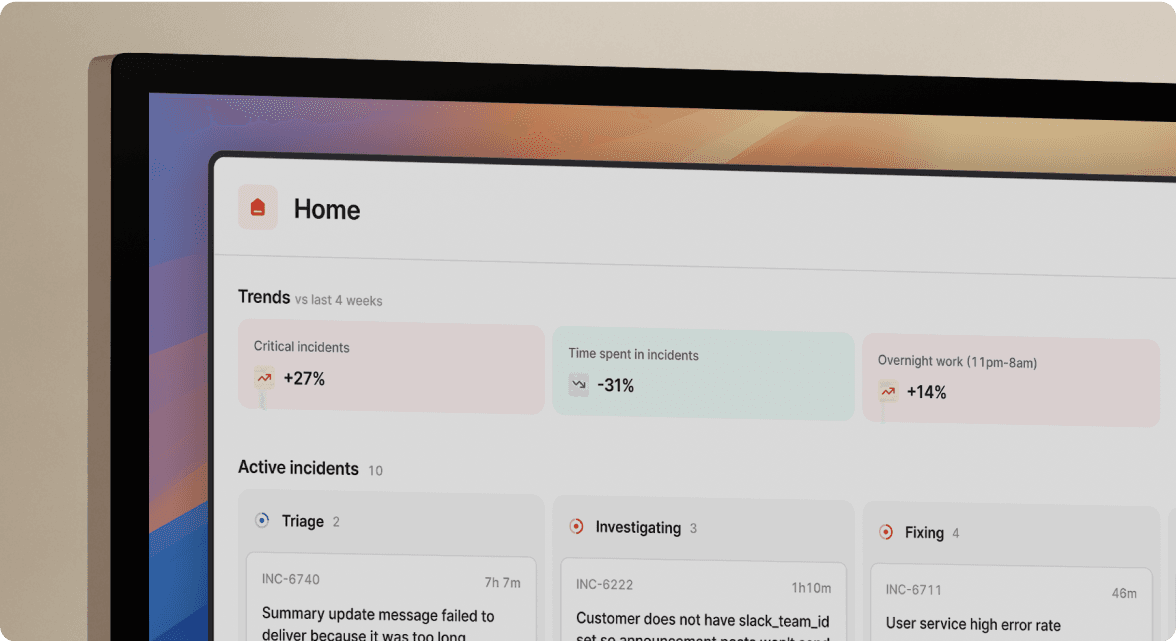Incident management for data teams

If you're on a data team, have you ever considered using an incident management tool to respond to pipeline issues? If the answer is no, then you might want to check out this episode.
Here, we chat with Jack, Data Analyst at incident.io, to better understand why data teams can—and should—look to incident management tools like incident.io to manage issues. We chat about:
- Why there's a big push for data teams to adopt the practices of engineering teams—from tools to processes
- Why incident management tools aren't just for engineers
- How an incident management tool like incident.io can transform the way you respond to things like pipeline issues
- ...and much more
Read Jack's blog post about incident management for data teams.
You may also be interested in

2025 founders year in review: insights, highlights, and future plans
Three founders, one kitchen table, and a very honest end of year conversation. In this episode we look back on 2025, from moving continents and growing the company at pace, to ski trips that probably should not have happened, live demos that absolutely could have gone wrong, and the small moments that made the year memorable.

How we're shipping faster with Claude Code and Git Worktrees
In this episode, CTO Pete and Product Engineer Rory B. discuss how we’re using Claude Code and Git Worktrees to allow engineers to build multiple features in parallel.

Shipping faster with AI with Leo P.
In this episode, we chat with Product Engineer Leo about how we’re using AI tools like Claude Code to ship more product, more quickly.
So good, you’ll break things on purpose
Ready for modern incident management? Book a call with one of our experts today.

We’d love to talk to you about
- All-in-one incident management
- Our unmatched speed of deployment
- Why we’re loved by users and easily adopted
- How we work for the whole organization



